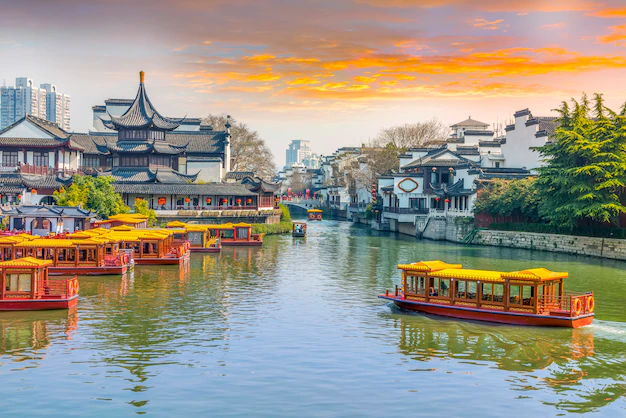Smart Tips to Find Cheap Airline Tickets for Your Next Trip
BY Abdul Aziz Jul 22, 2022
Flying is the most preferred mode of travel, whether planning an impromptu weekend getaway or an important business trip. No matter which category you fall into, Cheap plane tickets help in case you are planning a trip that will not cost you a bomb. But booking cheap flight tickets is usually not as easy as it seems. Hours of research and planning are required before you can finally grab that cheap flight ticket. But to make your task easier, we suggest some handy tricks to help you secure cheap flight tickets. Use these cool travel hacks and kick off new places from your bucket list. 1. Avoid last-minute flights Last-minute flights are a strict no-no if you are looking to travel. Prior planning and booking tickets early for your trip can help you get cheap flights to your favorite destinations across the globe. Last-minute should be avoided as much as possible if you want to save money on flight tickets. Sometimes cheaper destinations can provide you with a very rich traveling experience. If you are just driven by wanderlust and want to go somewhere where you will find both peace and entertainment, looking out for the cheapest places to travel on search engines might be a brilliant idea. It works best if you are planning a quick trip without any preliminary travel plans. Several places offer cheap flights due to off-season or government promotions at any particular time of the year. These can be easily found by using popular search engines. Grab these while the prices are low, and have a stunning vacation. 2. Utilize your flight miles You must have accumulated air miles through the airline's loyalty program if you frequently fly with them. These acquired points can be used to purchase affordable airline tickets. More points equate to more savings. 3. Before purchasing tickets, compare pricing Avoid search sites that advertise exorbitant flight prices so they can earn a massive commission on tickets. Use more dependable search engines like Google Flights or Sky Scanner to find cheap flights. Additionally, you can compare the costs listed on these websites with those provided by the airlines themselves on their websites. 4. Be a little accommodating with your schedule Avoid visiting any particular location during the peak season. Flight tickets normally cost a lot more during the holiday or busy season for any given destination. For instance, flying to any beach resort during winter might be very expensive. Instead, you might choose locations where there isn't a tourist rush when making your travel plans. 5. Plan your trip for the cheapest days of the week According to numerous travel studies, Monday through Wednesday can be the best day to book a flight at a lower price. Even though most individuals find it difficult to travel during the week, try to take advantage of your office leaves if you can because it can significantly lower your travel expenses. Because weekend flights are always more expensive than weekday flights, there is a great probability that your travel expenses may increase if you fly during the weekend. 6. Consider connecting flights Connecting flights can be helpful if you want to travel on a budget. If you don't mind taking lengthier flights and want to save money on your airfare, you should keep an eye on connecting flights. For instance, it may be significantly less expensive to fly to Los Angeles and then take a cheap connecting flight to San Diego than to book a direct trip from London to San Diego. Look for search engines that provide you with more affordable flight tickets. 7. Target special flight deals You can also get cheap airline tickets by searching for special flight deals offered by airlines and travel operators through their newsletters. You can also follow travel companies on their social media pages to get early access to these deals. 8. Set fare alerts Choose a flight once you know your vacation destination and have enough time before departure. Create a fare alert for that specific flight and monitor it for about a week. There is a good probability that you'll receive a last-minute deal on the same flight. This occurs due to dynamic pricing, in which the cost of flight changes frequently depending on how popular it is. 9. When looking for flights, using anonymity is helpful Although different travel gurus have differing opinions on this strategy, we discovered that using a private browsing session while looking for flights is a useful tool for finding cheap tickets. It becomes much more important if you are only looking at the prices and intend to make a reservation later. When you return to the search engine to purchase the tickets, the incognito mode will help stop the smart flight algorithms from artificially inflating flight prices. Additionals: Guide To Traveling With An Autistic Child My Top 9 Travel Tips To Help You Travel Smarter Kids Traveling With Their Laptops – Tips You’ll Want To Know












